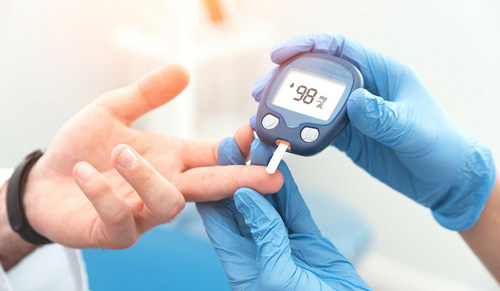ONE persistent myth of diabetes is that people with type 2 diabetes can develop type 1 diabetes when they take insulin, but this is not true.
Type 1 and type 2 diabetes have many features in common, including problems with glucose control. However, the two conditions are distinct, and one does not transform into the other over time.
Roughly 90–95 percent of adults with diabetes have type 2. It is not possible for type 2 diabetes to turn into type 1 diabetes. However, a person who originally receives a diagnosis of type 2 diabetes may still get a separate diagnosis of type 1 at a later date.
Type 2 diabetes is the most common type, so a doctor might initially suspect that an adult with diabetes has type 2. Type 1 diabetes most often develops when a person is younger, although it can occur in people of any age.
It is possible for a person with type 1 diabetes to receive an incorrect diagnosis of type 2 diabetes if the diagnosis takes place in adulthood. This situation may be more likely to occur if the person is also overweight or has other risk factors for type 2 diabetes, such as a sedentary lifestyle.
Although it is uncommon, type 1 diabetes may develop in adulthood.
A person with type 2 diabetes who later receives a diagnosis of type 1 will not have experienced a change in their diabetes status. Instead, it is likely that they received a misdiagnosis in the first instance.
To diagnose diabetes, a doctor will perform several blood glucose tests. However, the results will not make it possible for them to differentiate between the two types.
This test measures how much insulin the person’s pancreas is producing, and a low result can indicate type 1 diabetes.
People with more advanced type 2 diabetes might need to take medications, such as metformin or other medications, to support blood glucose control.
As with other autoimmune disorders, researchers do not understand what causes type 1 diabetes, but they believe that both environmental and genetic factors might play a rolein its development.
When blood sugar spikes occur, they might need further insulin or emergency medical care. Type 1 and type 2 diabetes are distinct types that do not change into one another. However, insulin may be used to treat either type.
The symptoms of both types of diabetes may be subtle at first, and they may not cause symptoms at all.









